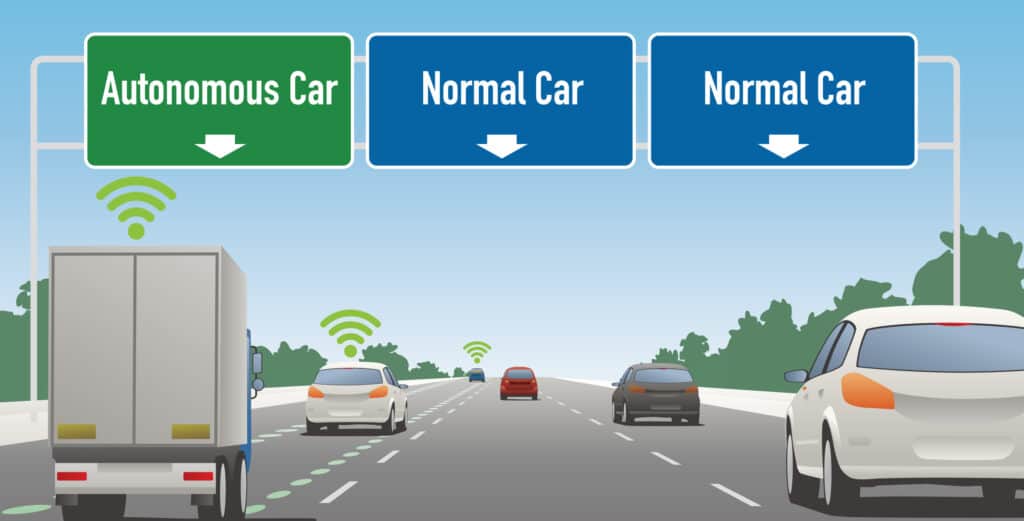What you need to know about the CARES Act funds through EAA

The CARES Act provides the EDA with $1.5 billion for economic development assistance to help communities prevent, prepare for, & respond to coronavirus.
The Road Less Traveled: Pandemic Traffic Changes

COVID-19 has created several challenges in our daily lives. Many of these challenges will have lasting impacts on the future. Traffic engineering and transportation planning are no exception. Because of the shuttering of so many businesses, mandatory work-from-home policies, and shelter-in-place orders, automobile usage has markedly diminished.
Public Agency Checklist

The events associated with COVID-19 are unprecedented. As we all work to respond to the pandemic as best we can, cities across the country have been quick to develop underlying policies that address municipal service delivery. We have collected a running list of action points – in no particular order – that you may wish to consider as you contemplate your next steps.
Trash it! Don’t Flush it!

As toilet paper supplies on store shelves diminished with COVID-19 concerns, we witnessed people turning to alternatives. Knowing the problems that are caused with flushing non-flushables, we put together a graphic to remind people that the only thing safe for sanitary systems is toilet paper. Keeping your sanitary systems functioning properly and efficiently should be […]
Building a Smart City with 5G Technology

Technology has always been linked to the evolution of cities. As governments consider opportunities for Smart City deployments, 5G networks are creating both challenges and incredible opportunities.
Women in Transportation: Supporting the First WTS Iowa Chapter

The WTS Iowa Chapter received its charter in August 2019 after 10 months of planning and coordination. The chapter’s formation was initiated by the Iowa DOT’s goal of filling anticipated vacancies and supporting women interested in pursuing a career in transportation. After Iowa DOT shared their vision, HR Green’s Senior Transportation Project Manager, Stacy Woodson, PE, and Highway Project Engineer, Megan Anderson, PE were inspired to join the cause helping other women in transportation create meaningful connections.
Right-of-Way Challenges from Fiber, 5G, and Small Cell

Be prepared. There are several factors that have been building to create a real problem for managing your right-of-ways (ROW). These factors are related to broadband and even though they have developed in their own ecosystems, they are building and converging to make ROW management a real issue in many communities.
Top 5 Ways Electronic Plan Review Can Help Your Community

Is your municipality looking for ways to increase efficiencies, reduce costs and accelerate community development? Are you still using a paper-based plan review process? Your municipality should consider a paperless, electronic plan review solution.
Goodbye, Parking Garages. Hello, Dedicated Driverless Lanes.

Transportation technologies are evolving at an unprecedented pace and will have profound effects. Engineers and public officials must start preparing today for an inevitable, vastly different future.
Is Additional Broadband Capacity Needed in Your Community?

How do you make your community future proof? Poised to succeed in the turbulent environment of businesses and citizens demanding better, faster, and cheaper internet services? In just the past five years, technological giants such as Google have dramatically changed the community landscape and customer expectations. For some, broadband is now considered an expected utility, alongside water, power, and gas, and that belief is expected to grow.